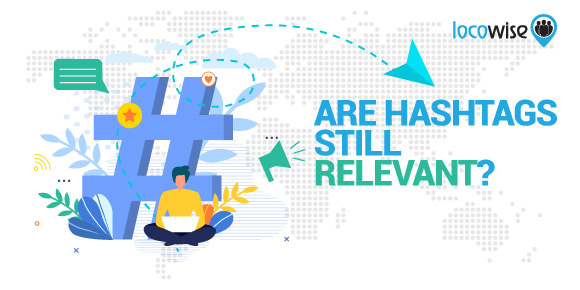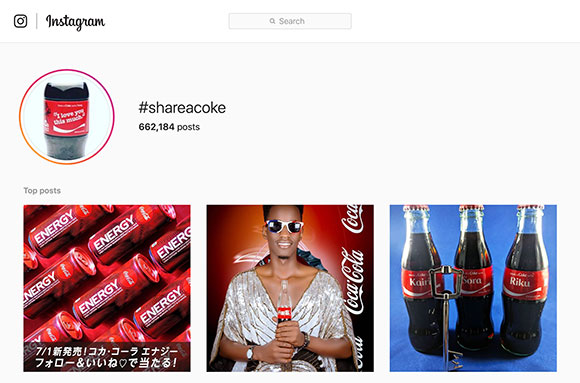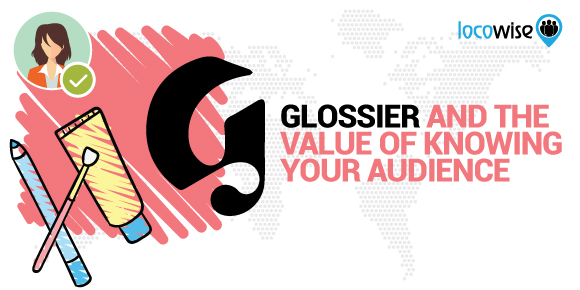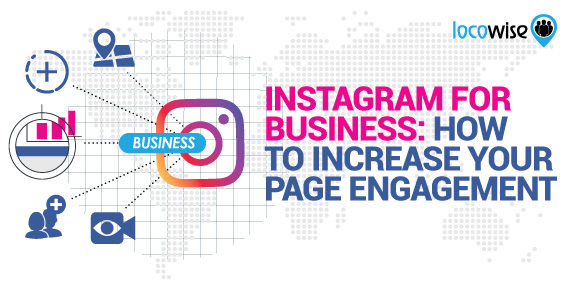Are Hashtags Still Relevant?
Sahail Ashraf posted on 3 September 2019
If you’ve had anything at all to do with social media management over the last decade, you’ll be familiar with the humble hashtag. It’s ubiquitous, and it has an amazing impact, still, on social media. You’d be forgiven for thinking that it might have lost a little of its power though, especially as we head into an era of transparency and more ‘quality control’ from brands like Facebook. With people more wary of their own data and of spam in general, it could well be the case that the hashtag has reached its natural end. Or maybe not.
We thought we’d take a look at the hashtag in 2019. What it means, what value it has, and whether or onto it will be around in the future.

The Playing Field
Things have changed, and the one platform that still truly embraces hashtags is Instagram. Other platforms use them, but Instagram thrives on them. We’ve been here before, but it’s important to remember that, whatever you might think about hashtags, they are alive and well on Instagram.
Instagram has always allowed users to include a bucketload of hashtags, and that’s no real problem. To really get the most out of Instagram and hashtags though, you will have to think outside the box a little. This is especially true if your business happens to operate inside an industry that is very busy. In other words, it’s not a great idea to use the hashtag #autoparts if that’s the industry you’re in. You need to look a little wider and treat it like a keyword search. Synonyms are important, in other words.
This wouldn’t be a big deal if hashtags weren’t so popular on Instagram still. On a regular post, you can include up to 30 hashtags. When it comes to a Story, you can include up to 10. And when, as a business, you get the right combination without spamming your audience to death, it’s still the very best way to use hashtags anywhere. They really work on Instagram and are part of the search approach that users employ.
Twitter has a slightly different story to tell. Here, hashtags are still incredibly popular, and let’s not forget that Twitter brought hashtags to the world back in 2007. But the game is a little different now. Basically, hashtags on Twitter demand that users, including businesses, find tags that are popular. It’s very much driven by the audience, and can’t be ‘latched on to’ by a business. You need to know the playing field, and you need to know what is popular.

While this is a lot harder than you might have expected, the rewards are still there. It’s arguable that Twitter isn’t as hashtag happy as Instagram is, but businesses can still find a home for their tags there. It is absolutely vital, however, that you know what is trending. If you don’t, you’re wasting your time.
Facebook and hashtags
This has been a bit of a rocky road over the years. No one is entirely sure how Facebook deals with hashtags, other than that they’re there, and you can use them. But with such a low character limit, you are stuck with being very specific. It’s no Instagram when it comes to tags.
That means that you have to know your audience, what they want to see, and how to use hashtags as part of a search. This isn’t as difficult as it might sound at first. Simply knowing what your audience may be searching for is important. If they’re using hashtags to search on Facebook, make sure you’re there when the results come in.
Stuffing posts with hashtags is generally not a way to increase engagement. It’s best to know what works for your brand, and then build a campaign over time.

The truth about hashtags
They are still going strong, but in a slightly different way than they used to be. If you’re considering a strategy with hashtags on social media right now, it might be time for a complete pivot. Use them only when you have worked out what tags you need to use to gain attention and engagement. This means plenty of research and plenty of testing too.
Essentially, we recommend spending time on the platforms where it is worthwhile using hashtags (more Instagram, perhaps less Facebook) and get used to gaining engagement there. Then, once familiar with and able to use them effectively, venture out to other platforms.
As always, it’s about testing, testing and then implementation (after more testing).

If you need to do more of that testing thing with social, try Locowise. It’s got all the data you’ll ever need. And we’ll even give you a week for free.




